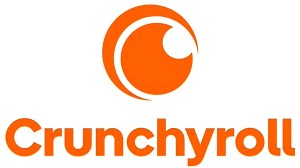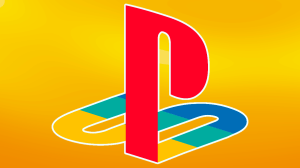Marvel Studios has wrapped the god of mischief’s 12-year arc. This past fall’s Loki Season 2 saw Tom Hiddleston’s titular trickster come full circle, in favor of assuming He Who Remains’ mantle, seating himself beyond space and time as the god of stories. While Hiddleston was front and center at his culminating chapter, it took a village to bring Loki Season 2 to life. This included working with FuseFX to create numerous visual effects shots throughout the latest six-episode installment.
Videos by ComicBook.com
“Our primary responsibility was centered around many of the TVA technology effects, including the Time Door and the deletion effect when one is struck by a Time Stick. Both of these setups underwent a comprehensive reconstruction for Season 2,” FuseFX VFX supervisor Kevin Yuille explained. “We leveraged the established look from Season 1 while elevating the fidelity and detail of the effects.”
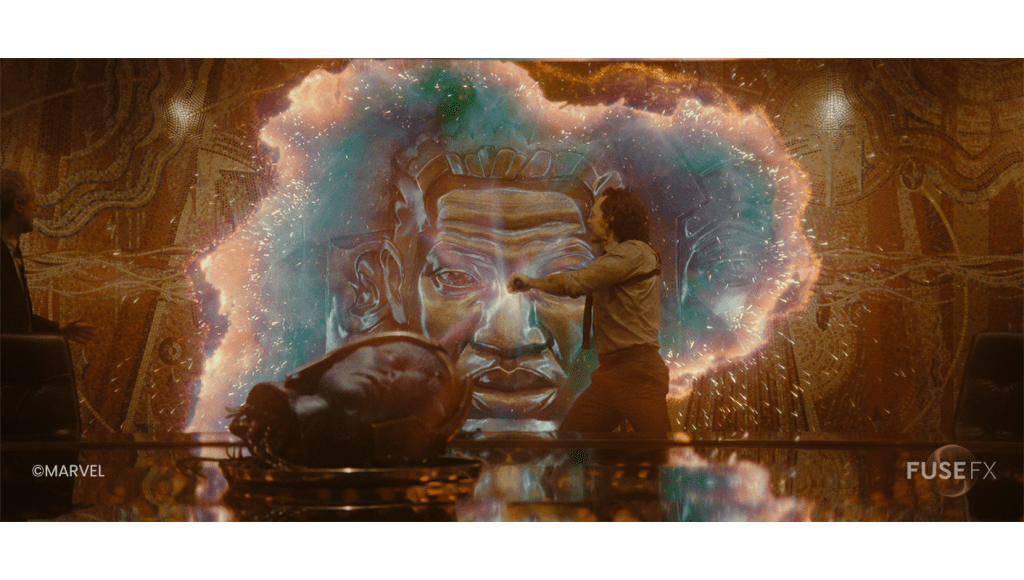
Yuille is no stranger to the Marvel Cinematic Universe, having previously worked on Loki Season 1 and Ms. Marvel.
“I’d say the workload on these seasons has been approximately the same,” Yuille compared. “Regarding Loki Season 2, it was a particularly special project; every aspect ran exceptionally smoothly, creating such a positive experience that we felt a sense of sadness when it concluded.”
Beyond the Disney+ programs, Yuille was also involved in Marvel’s first venture into live-action television.
“To go back further, Fuse played a crucial role in all 136 episodes of Marvel’s Agents of S.H.I.E.L.D., serving as the lead VFX house,” Yuille added. “Although I acknowledge it may not be officially considered canon, it was an enjoyable show to work on with an incredible amount of work delivered. On a personal note, those years significantly contributed to shaping my current position in my career, fostering both artistic development and supervisory skills.”
His experience from the original Loki installment allowed him and his team to pick up some elements where they left off, like the aforementioned Time Door and the Time Stick’s deletion effect. That said, Yuille and company did encounter new challenges in Season 2, notably in the form of The Gizmo.
“In essence, it was conceptualized as early Time Door technology that had been repurposed to encapsulate and crush its contents,” Yuille said of The Gizmo. “Since it derived from Time Door tech, the setup shared nearly identical renders but underwent distinct treatment in compositing to achieve a unique appearance. Unlike the vertical slab of glass seen in the Time Door, the Gizmo took the form of a versatile giant cube with the ability to adapt to various sizes. Initially expansive, it functioned as a trap for any object or person, resembling a potent trash compactor.
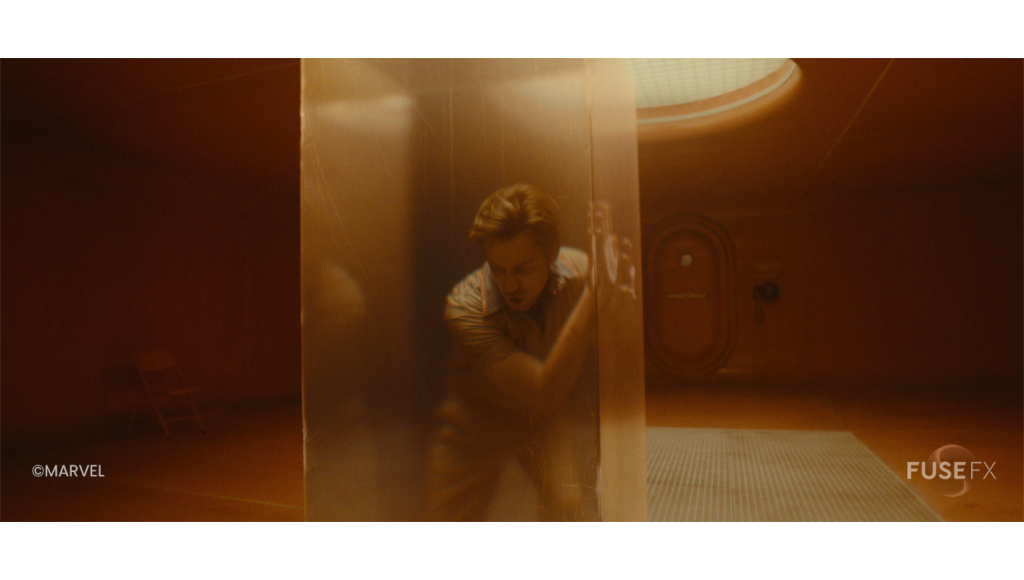
“Setting itself apart from the Time Doors, The Gizmo featured internal reflections, enhancing the integration of people and objects with the internal walls,” Yuille continued. “Some reflections were extracted from on-set plates where actors were filmed against moving planes of plexiglass. Others were renders from FX or involved compositing techniques such as flipping performers. This sequence proved to be a particularly enjoyable sequence to work on and stood out as one of the significant accomplishments for FuseFX in this season of the show.”
These finalized visual effects are only achieved after going through various conceptual stages.
“There are many ideas that are left on the cutting room floor, particularly during the process of experimenting with look development for a particular visual effect,” Yuille noted. “The initial approach involves sketching out broad strokes and presenting various options for the client to consider. Once a general direction is chosen, the focus shifts to delving into the specifics—layers upon layers of intricate details. A multitude of detailed options are presented, allowing the client to refine their preferences by selecting what they like and dislike.”
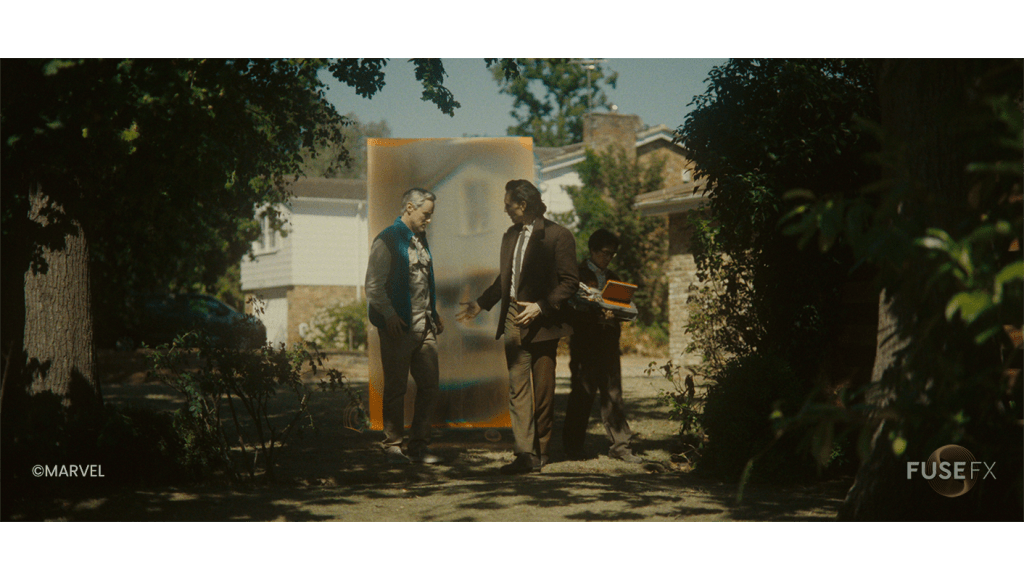
With FuseFX molding and mastering the visual effects to Marvel Studios’s liking, anything left on the cutting room floor is usually scrapped for a purpose.
“In general, when an idea is cut, it’s typically for a valid reason and isn’t revisited,” Yuille continued. “It’s worth noting that Marvel is cognizant of the diverse powers and visual effects aesthetics, paying meticulous attention to details such as color, effects animation, and so forth to avoid duplicating a hero’s abilities with another one’s.”
With Loki now in the rear view and a third season not anticipated, Yuille has his sights on a new medium for FuseFX’s next collaboration with Marvel Studios.
“It’s incredibly exciting to be a part of these MCU projects,” Yuille concluded. “Hopefully, our next venture could involve working on a feature film.”
Loki Season 2 is streaming in full on Disney+.



